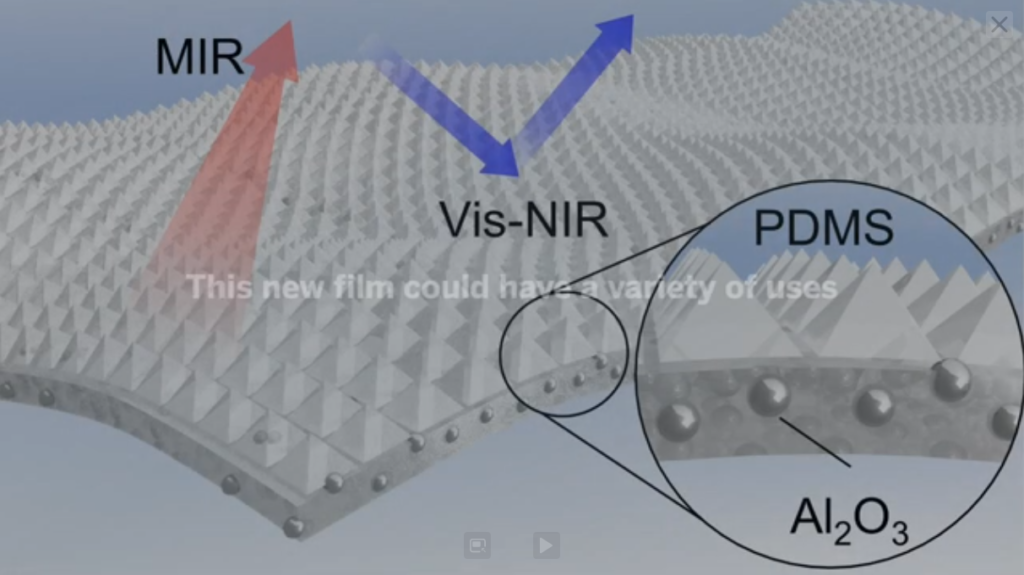The new material imitates the resistance properties of particular insects and cools itself thanks to the triangular microscopic structure
Nature never ceases to amaze. Science is constantly trying to reproduce unique characteristics of certain species in the laboratory. The super glue inspired by mussels is an example. The new inspiration this time comes from insects. Neocerambyx Gigas is a very common beetle species in Thailand and Indonesia. Very numerous populations have been found around active volcanoes. In those areas, the temperature easily exceeds 40°C (104°F) and reaches 70°C (158°F) on the ground. How can beetles manage such high temperatures? The answer comes from a study published in the journal Proceedings of the National Academy of Science.
The research was conducted between the University of Texas in Austin, Shanghai Jiao Tong University and the KTH Royal Institute of Technology. The article explains that beetles have a microscopic triangular structure on their wings that reflects sunlight and simultaneously allows them to disperse body heat. The researchers then tried to copy the structure to produce a new material. The result is a composite of polydimethylsiloxane (PDMS) and ceramic particles. The microstructure is obtained through an ad hoc printing process. The result is a film that replicates the characteristics of beetle wings.

Under sunlight, the temperature of the devices covered by the new material was about 5°C lower respect the uncovered one. “Anywhere that needs cooling, this can help” says Yuebing Zheng, an author of the study. “Refrigerators, air conditioners and other methods consume large amounts of energy, but this is cooling by itself”. The applications can be different. The material, for example, could coat electronic components and help heat dissipation. The film would help to cool the solar cells, thereby increasing their efficiency. Clothing or cars could equally benefit from using the new material, as well as the field of wearable sensors. The production process is already widespread, so mass production will not be problematic.